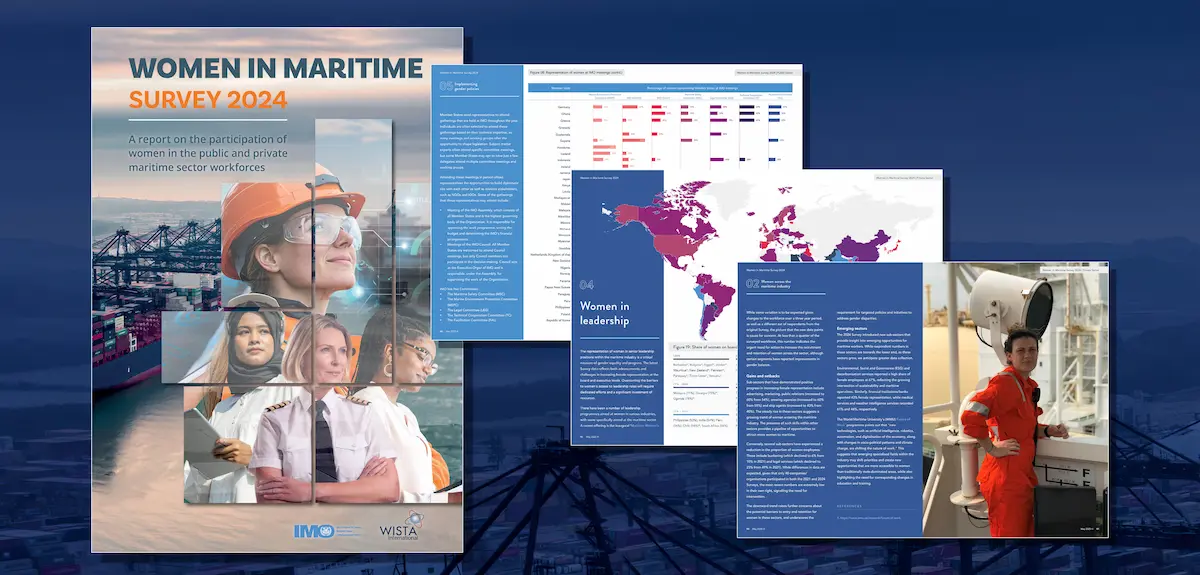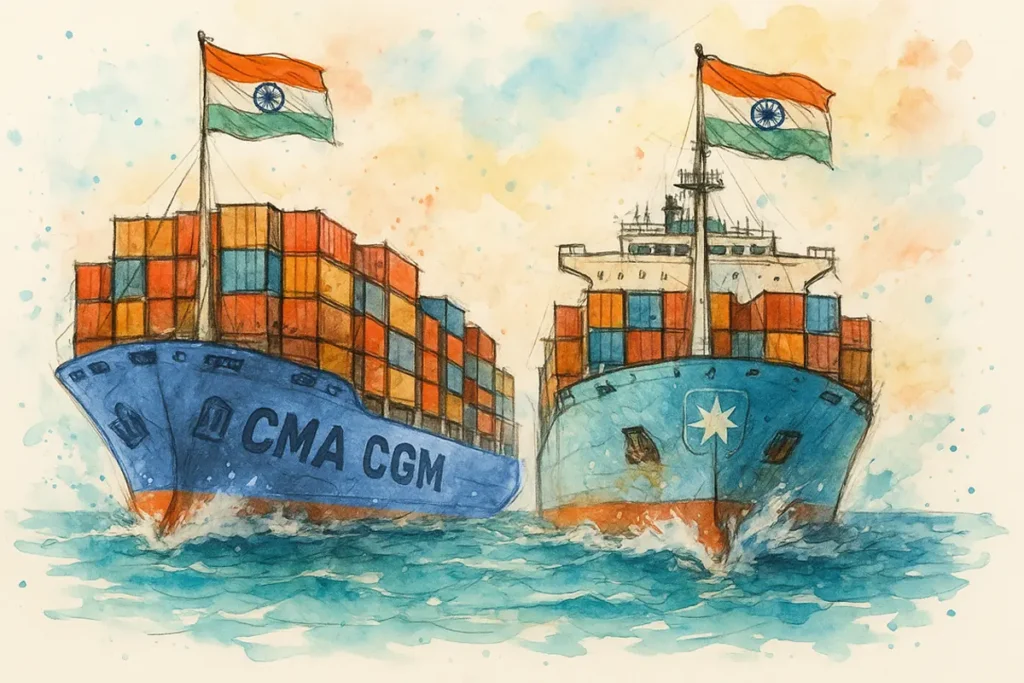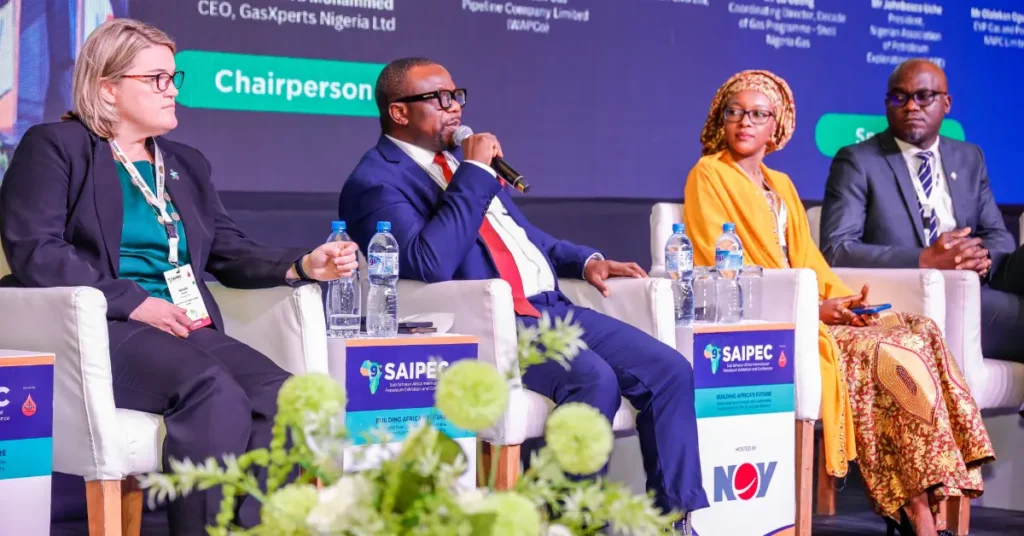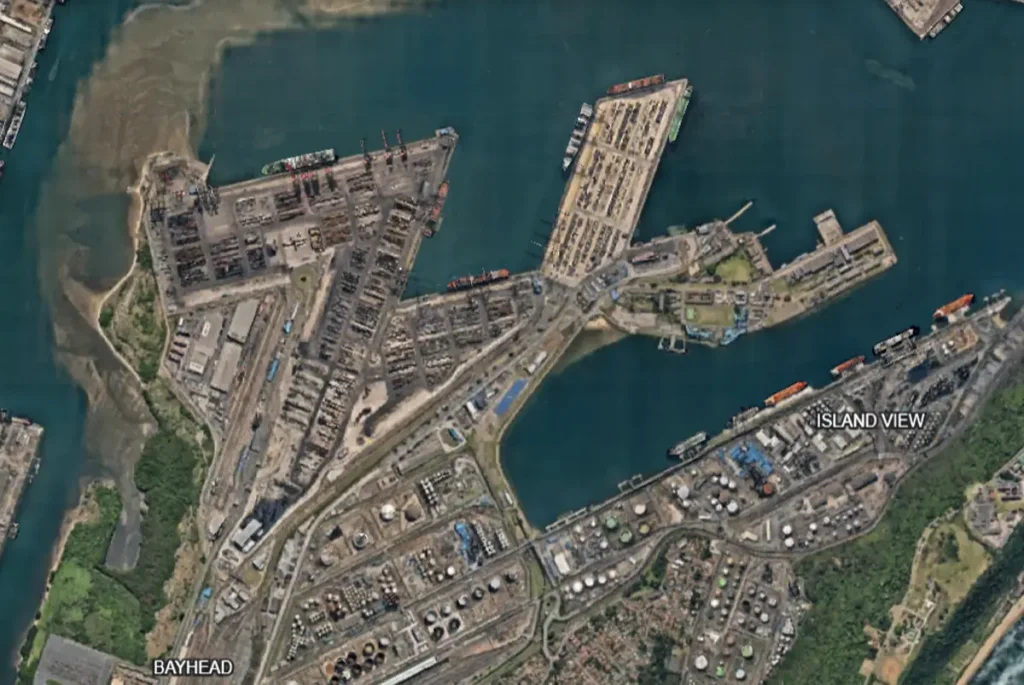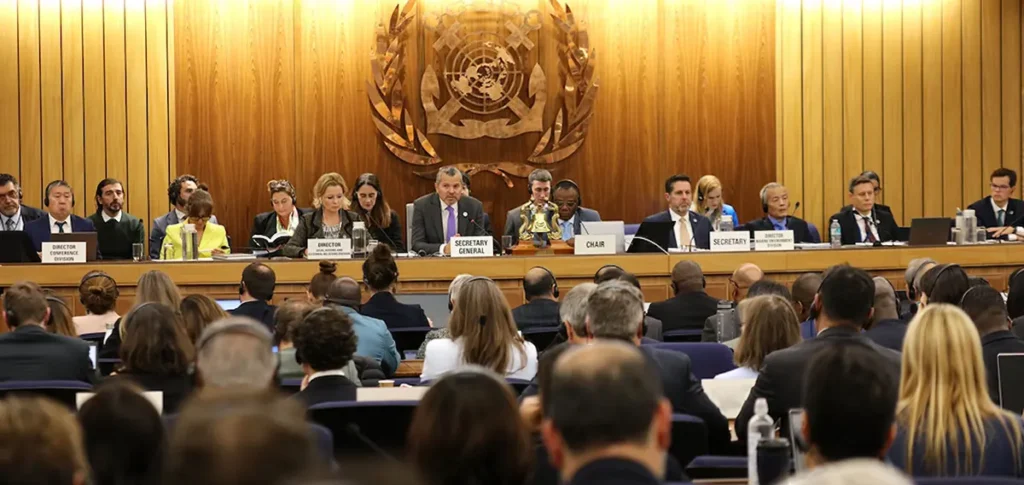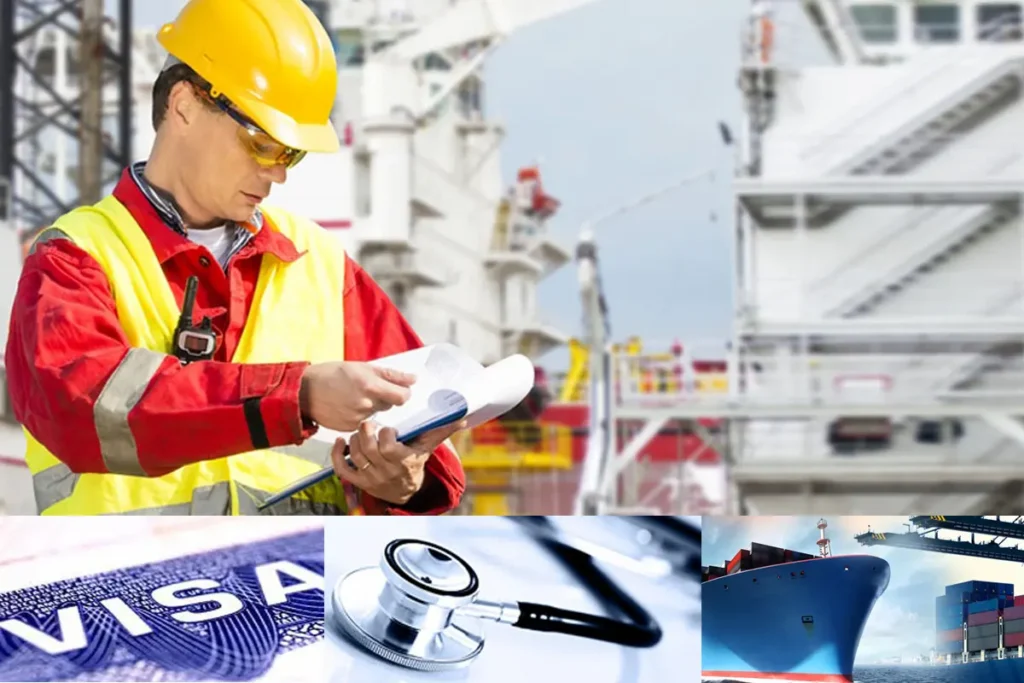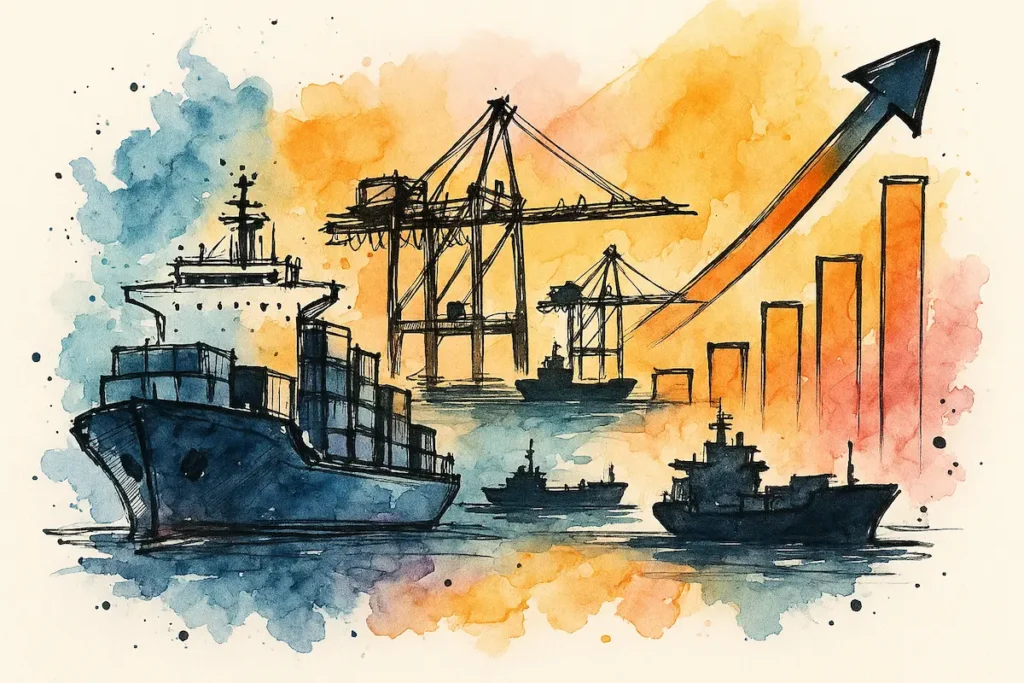The global maritime sector, long regarded as a male-dominated domain, is undergoing gradual yet promising transformation.
The Women in Maritime Survey 2024, a collaborative initiative by the International Maritime Organization (IMO) and WISTA International, sheds light on the evolving landscape of women in shipping and gender representation in shipping, ports, and maritime governance.
The report—released in May 2025—offers a comprehensive, data-driven review of women’s participation across both public and private sectors of the maritime industry, building upon the baseline established in the inaugural 2021 survey.
A sector making strides—but still anchored by disparity
The 2024 survey recorded responses from 88 IMO Member States and 608 private sector organisations, a notable rise from 2021 participation levels. According to the findings, 176,820 women are now employed across surveyed maritime sectors—representing just under 19% of the workforce, up from 151,979 women in 2021.
However, due to broader data capture this year, the proportion of women has dropped from 26% to under 19%, signalling structural imbalances in gender representation despite numerical growth.
Encouragingly, regions like the Pacific (public sector) and Caribbean (private sector) reported female participation levels exceeding 26% and 63%, respectively.
Yet in global terms, women remain significantly underrepresented at sea, making up only 1% of active seafarers among reporting companies—a figure that underscores persistent barriers to entry and retention.
Public sector progress: Policies matter
Within IMO Member States, women comprise 19% of the maritime workforce. Importantly, the number of female heads of maritime administrations doubled from 6 in 2021 to 14 in 2024. Representation at IMO meetings also improved, with 28% of delegates now being women—up from 21%.
Several Member States reported implementing gender-responsive policies, including flexible work arrangements and sexual harassment safeguards. However, challenges remain: only 39 Member States offer workplace childcare support, and many still lack structured gender/diversity training.
Private sector trends: Leadership still elusive
In contrast to the public sector, the private maritime industry showed a decline in female representation, falling from 29% in 2021 to just over 16% in 2024.
Sectors such as crewing agencies, maritime education, and ESG services reported moderate gains in female leadership, yet mid-management representation dropped sharply—from 39% to 20%.
On a brighter note, newer subsectors—particularly those focused on decarbonisation, ESG, and maritime technology—are attracting more women, reflecting broader shifts in industry focus and talent development.
Education: The pathway remains uneven
Education remains a vital catalyst for long-term change. The report shows:
- 15% of graduates from national maritime academies are women.
- 22% of university graduates in maritime-related degrees (law, naval architecture, oceanography, etc.) are female.
Although these figures highlight underrepresentation, women make up 34% of staff at seafarer training academies, indicating stronger engagement in academic and instructional roles.
Seafaring: Still a steep climb
Despite growing momentum for diversity, the seagoing workforce remains deeply imbalanced. Of over 211,000 seafarers surveyed, just 2,223 were women.
The Philippines, Greece, Argentina, and Nigeria lead in female seafarer employment, primarily on bulk carriers and oil tankers.
The data reaffirms that factors such as gender stereotyping, lack of family-friendly policies, and safety concerns continue to restrict women’s access to seafaring careers.
Call to action: Time to accelerate inclusion
In their forewords, IMO Secretary-General Arsenio Dominguez and WISTA International President Elpi Petraki both emphasized that achieving gender equality is not just an aspiration—it’s a necessity. They called for:
- Greater investment in mentoring, training, and networking opportunities
- Mainstreaming gender in national and international policy
- Stronger recruitment and retention pathways for women, especially in leadership and technical roles
Conclusion: From momentum to movement
WISTA’s 2024 Women in Maritime Survey is more than a report—it’s a call to action for governments, industry, academia, and civil society. While signs of progress exist, they are uneven and easily reversed without sustained effort.
It is imperative that maritime stakeholders invest in gender equality as a strategic priority, not just a moral one. Doing so will unlock innovation, strengthen resilience, and chart a course toward a more inclusive global maritime future.
This article is based on insights from the “Women in Maritime Survey 2024” jointly produced by the International Maritime Organization (IMO) and WISTA International, released in May 2025. Full report available at: www.imo.org and www.wistainternational.com

